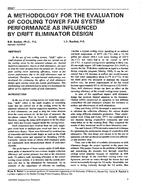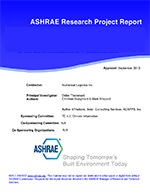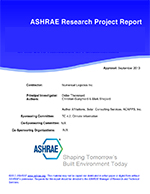Jet fans did not play a part in road tunnel ventilation in the United States until the Memorial Tunnel Fire Ventilation Test Program. This programme included a series of tests that evaluated the performance of longitudinal ventilation using jet fans under the influence of a fire. Fire heat release rates on the order of 10, 20, 50 and 100 megawatts (MW) were tested. The tests demonstrated that jet fans provide a positive means of smoke and temperature management in road tunnels. Presents the findings of the longitudinal (using jet fans) and natural ventilation (without mechanical ventilation) test series. The longitudinal ventilation issues that are discussed include tunnel air flow rates, critical velocity, fire effects on air flow, impact on fans downstream of the fire, the effect of fan response time, and the impact of vehicle silhouettes. The natural ventilation issues that are discussed include the impact of buoyancy-driven air flows, air temperature, and the degree of stratification of the smoke layers produced by 20- and 50-MW fires.
Units: Dual
KEYWORDS: year 1997, Tunnels, smoke ventilation, fire, USA, testing, jets, fans, roads, motor cars, temperature, air temperature, air flow rate, natural ventilation, performance, measuring
Citation: Symposium, ASHRAE Transactions, Vol.103, Part 2, Boston 1997
Product Details
- Published:
- 1997
- Number of Pages:
- 13
- File Size:
- 1 file , 1.9 MB
- Product Code(s):
- D-16684


